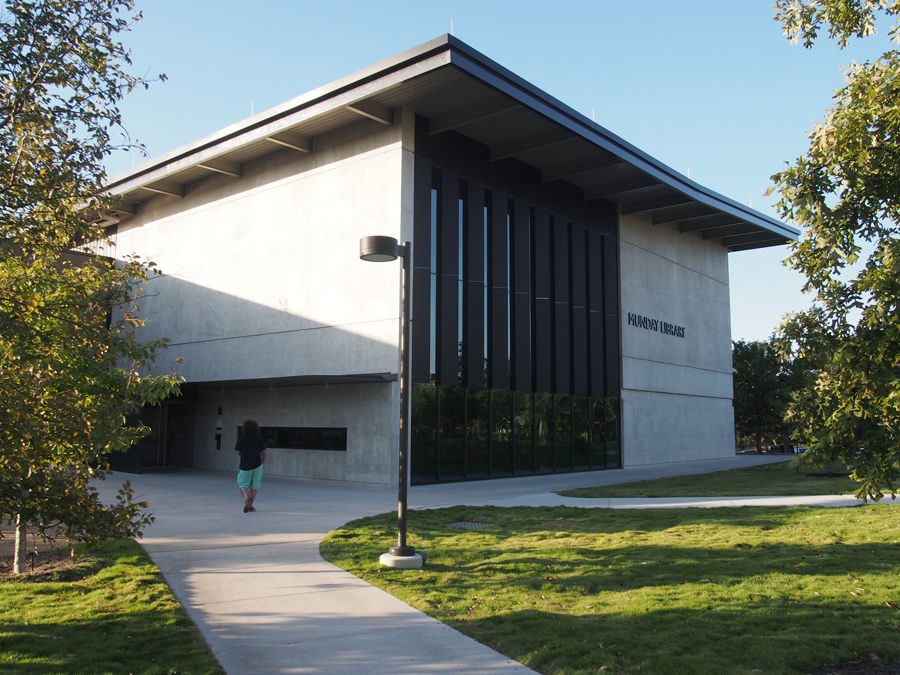Munday Library finds balance between print and online materials
For many modern research libraries like the Munday Library, balancing print and online sources has become essential. However, as information on the web experiences massive influxes, questions surrounding the future of print hit particularly hard on a campus trying to embrace both.
Library Instructional Designer Brittney Johnson wears many hats for the Munday Library. From working with students as a resource assistant, to teaching a Capstone course, Johnson comes into contact with print and web sources every day.
“I don’t think print will become obsolete for a number of reasons,” Johnson said. “Based on the amount of printing done in the library, students find newer sources online, but they still print out the PDF. There’s a reason for that.”
Through teaching Capstone, Johnson found that when given the choice to store their files online or print them out, only two out of 15 students chose to store their files online. The remaining students preferred old fashioned physical files to get a comprehensive sense of the material. Johnson understands her students’ inclination to print as a reading strategy.
“When I read something that is longer than a page, I like to get a sense of the length and depth beforehand and then dive in,” Johnson said. “With print, I’m better able to shut off external distractions and focus in on the text.”
Johnson’s students aren’t the only ones having to pick and choose between print and online. Junior Michael Pacheco’s stake in how modern libraries balance sources affects him during the remainder of his time in school, but also in the future as an aspiring teacher.
“Looking forward, printed books may no longer be used as reference materials because there will be newer information posted online,” Pacheco said. “But as a future teacher, I think it’s nerve-wracking because I’ll have to constantly learn new databases on an advanced level to be able to integrate technology in the classroom as a part of my career.”
Still, many continue to embrace the tradition of print sources. In the courses such as her freshman studies Native American literature class, professor of English literature Catherine Rainwater encourages students to familiarize themselves with resources on the bookshelves.
“I have read that people do not remember nearly as much when they read online as on hard copy,” Rainwater said. “I don’t really like reading online, but I have to do it from time to time.”
Ultimately, when navigating between the worlds of print and web, preference between the two becomes a personal matter.
“Online texts are great when there’s interactivity in a dynamic sense like clicking or giving more information on a need-to-know basis,” Johnson said. “But personally, I think people are still drawn to physical books. Myself included.”







